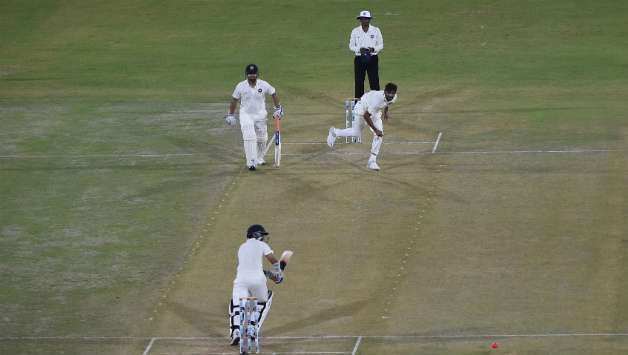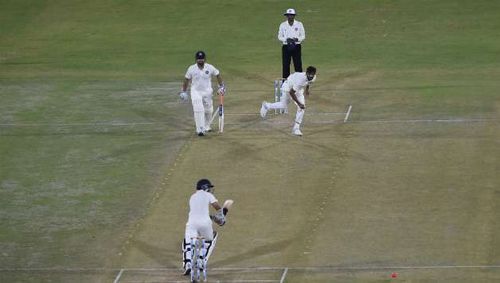
5 things we learned from India's first Day/Night FC match with the pink ball
India’s first ever FC match played with a pink ball under floodlights came to a conclusion on Friday, with Yuvraj Singh-led India Red claiming victory by 219 runs over India Green in the inaugural match of the 2016 Duleep Trophy.
The stars of the show were Abhinav Mukund and Kuldeep Yadav for India Red, while India Green captain Suresh Raina himself put up a brave effort in a losing cause, but the most of the attention was understandably on the pink ball.
The pink ball being still at a stage of experimentation, the results found from these Duleep Trophy matches is vital for the future of the day/night Tests in the country. It has been stressed by BCCI several times that an international Test will be hosted under lights in the country only if the findings from the Duleep Trophy matches are positive.
Fast bowlers prove unplayable in initial stages of match

As was seen in the CAB Super League final in June, and was repeated in the Duleep Trophy match, fast bowlers rule the roost in the first innings. 17 wickets fell on Day 1 of the Duleep Trophy match. Sandeep Sharma took 4 wickets for India Green, a feat bettered by Nathu Singh’s 6 wickets for India Red – the first FC 5 wicket haul in this new format on Indian soil.
Abhinav Mukund was the only batsman who settled in on the first day, finishing with a score of 77. The only other respectable scores on the day were Suresh Raina’s 35 and Saurabh Tiwary’s 50, as the pink ball seemed to find its way through the defence of all batsmen.
Similarly, in the CAB Super League final, 4 wickets had fallen in the first hour of the match, and Mohammed Shami’s first spell of the match had seen 7 wickets fall within an hour. For reasons of the degree of swing generated with the pink ball initially, or for reasons of batsmen being tentative in early stages faced with the new ball, fast bowlers seem to enter these matches with an air of invincibility.
However, the pink ball does not seem to get old like the red ball, and so reverse swing is taken out of the equation in the later stages of the bowling innings.